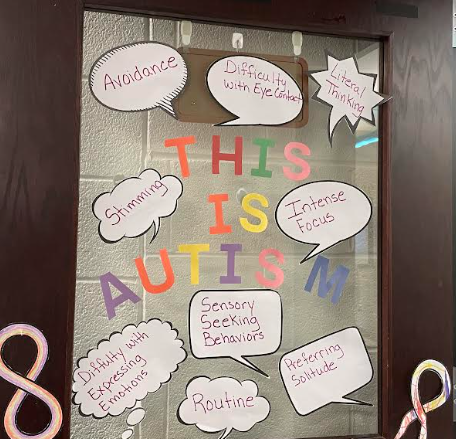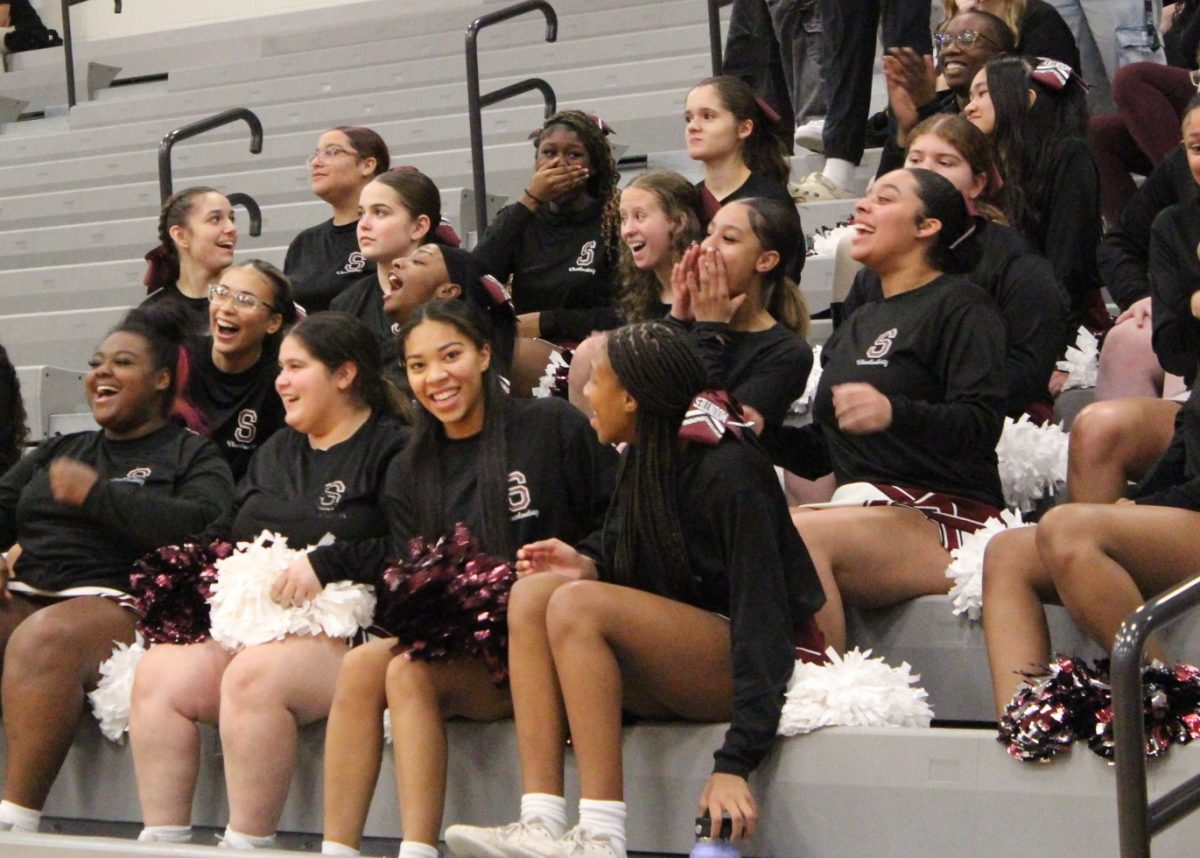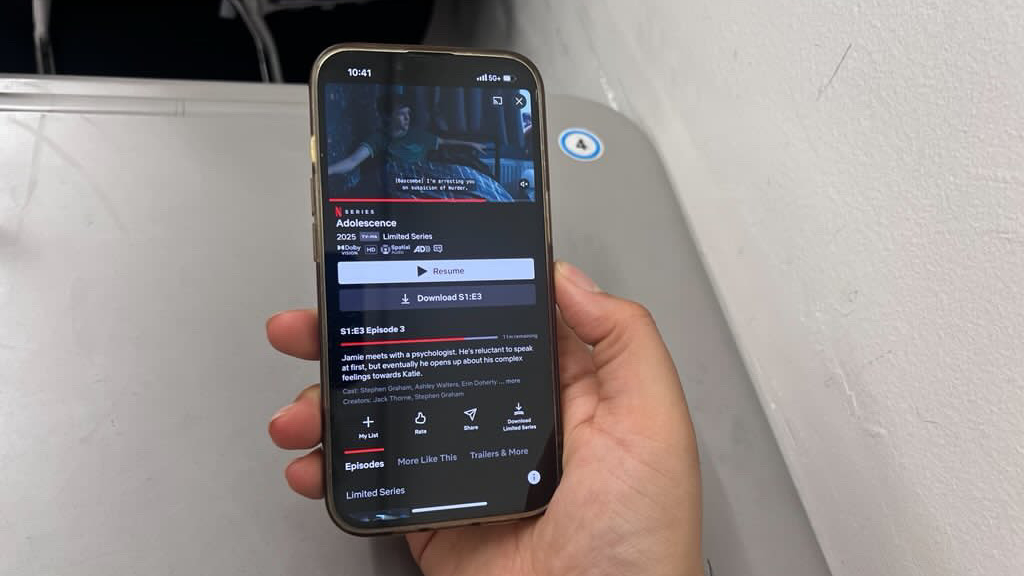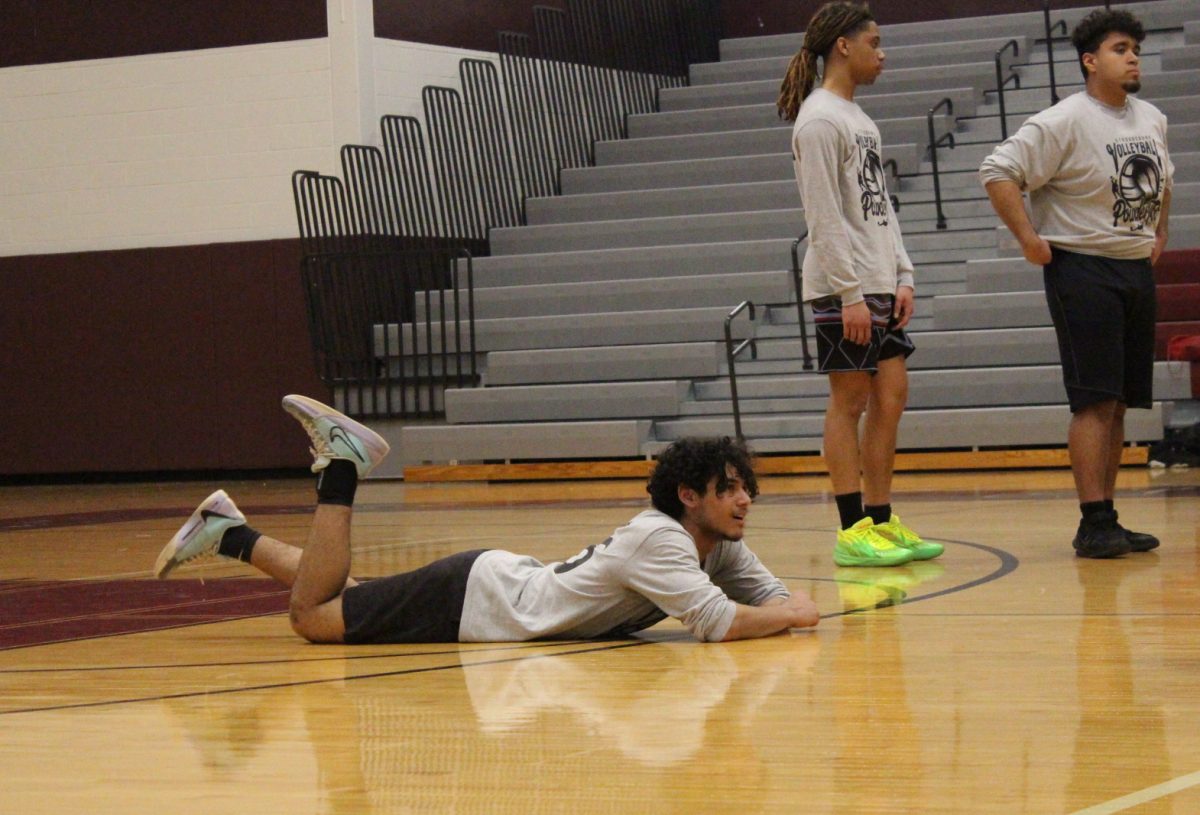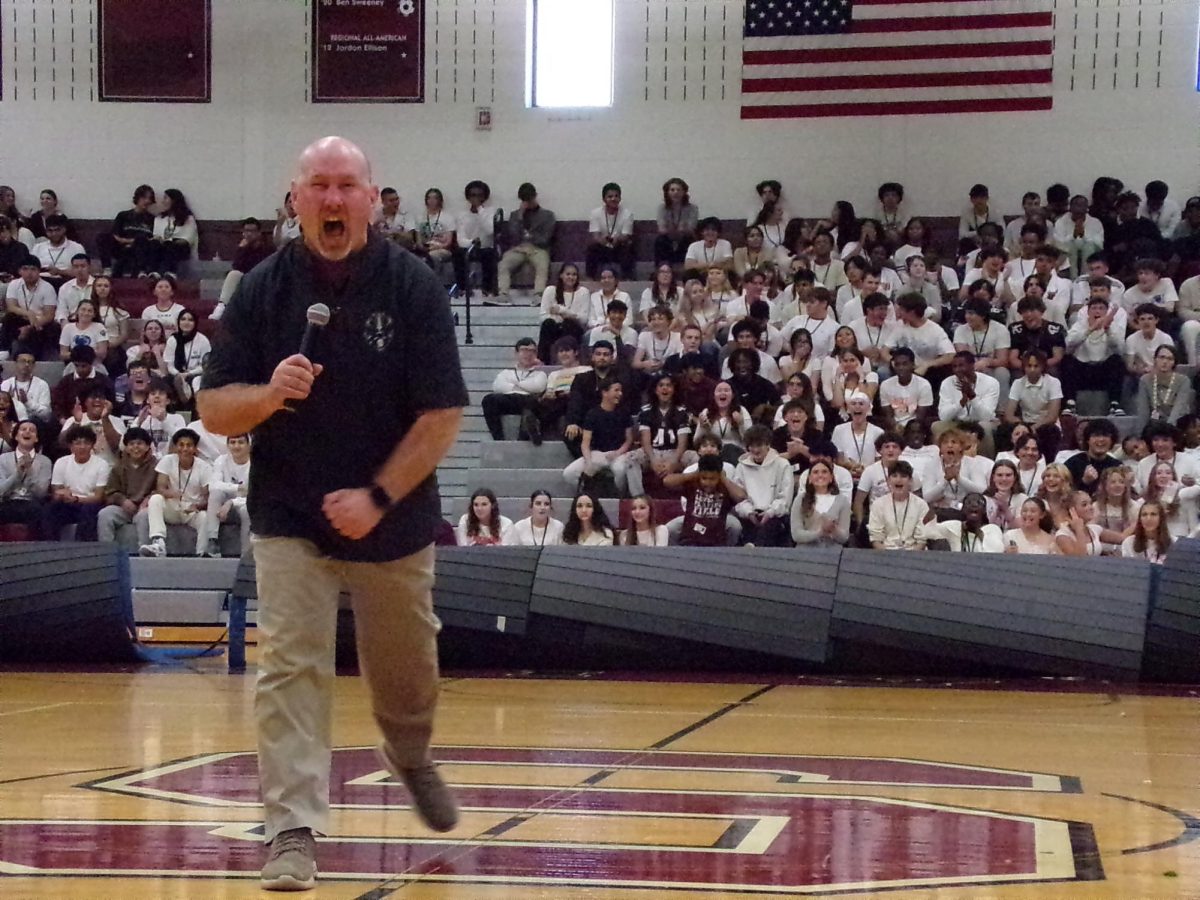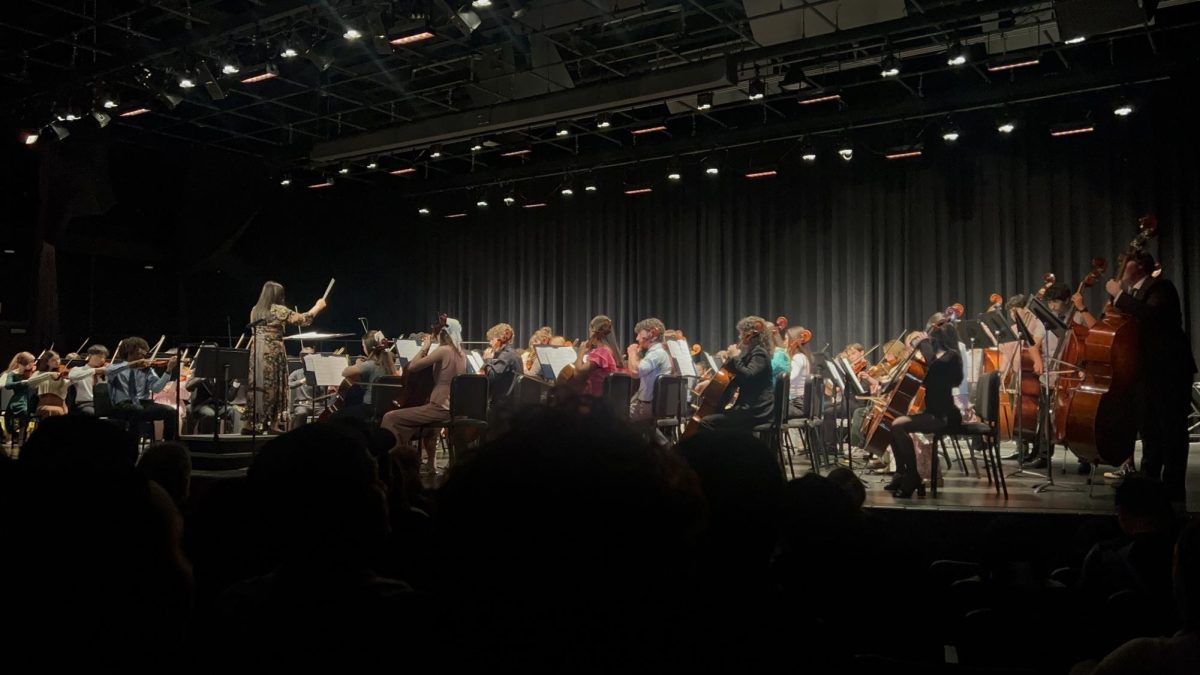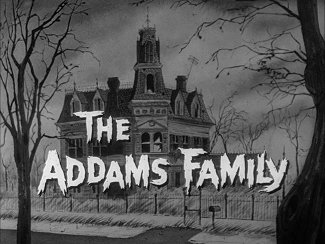American and European schools differ in many ways
June 7, 2018
The difference between US schooling and European schooling is like day and night. With completely different curriculums and styles of teaching overseas, the outcomes are much different than in the States. While there are many similarities, there are huge differences.
Time management is different between the States and foreign countries. In the states, the average time between periods are between 4 to 6 minutes. Whereas in Germany, the time between periods is around 15 minutes! American students use class time to leave for a bathroom break, maybe run an errand to the office, etc.
At the Friedrich-Magnus-Schwerd-Gymnasium in Speyer, Germany, they have approximately 15 minute breaks to themselves to use the restroom, grab a snack, hang out with friends
and anything else they wish. Another unique aspect of schools in Germany, France, and Greece is that students would not have to leave a room to travel to the next class. Teachers travel from classroom to classroom opposed to the students moving around the school to go to various places.
In an article published by PBS in December of 2016, many exchange students believed that American schools are boring but have their perks. Testing has been found to be more difficult in in European countries. While here in the States students take tests like the SAT’s, ACT’s and AP exams, other countries have their own versions.
It would be difficult for American students to imagine a high school without homecoming and prom? That’s the case for most schools in Europe. France, Greece and Germany are countries where one will rarely find these school social gatherings. Prom can be a bit more common in the United Kingdom, but it ultimately remains an “American thing.”
After a few months of having the same Monday through Friday schedule, the same classes every day, in the same order, it’s not strange that most American students get bored beyond belief by the time it’s January — and there are still about four more months of school.
Wouldn’t it be nice if students had different schedules each day? That’s the case in most European schools. For example, a student could have English on Monday afternoon and not on Tuesday afternoon. Many students’ classes are scheduled at different times of the day and they don’t always have the same classes every day.
Sports are a big part of American school culture. Whether its football, basketball, soccer or wrestling, everyone has a good idea of the events happening. In Europe, sports are not tied in with the school. Most programs are community-based clubs. It is up to the individual to find a club to join, if he or she wants to get involved. While here, sports play a major role in our education, social life, sometimes even a student’s future.
Fun fact: Stroudsburg and other schools all over the states often sell school gear such as shirts, sweat pants, hat, etc; When the German American Partnership Program (GAPP) students came to visit SHS, they took the idea back to Germany and now sell gear for their gymnasium, which means school in their language.
Mr. Sebastian Beckmann, a teacher in Germany and a part of the GAPP program made a few observations.
“All the german students said that they noticed a big difference between their school and Stroudsburg High School,” Beckmann said. “The German students weren’t used to being told what to wear because only a handful of schools in German require students to wear uniforms.”
The GAPP program shed light on the major differences between our schools.
“Some Americans were not as independent as far as finding a way to school,” said Beckmann. He also discussed learning styles. “American class seems to get more lecturing, more of a college atmosphere; whereas, the german students are independent learners,” he added.
As everyone may know, food is a major part of all cultures. All countries eat, cook, and serve food differently especially in schools. For Americans, normal seems to be bacon and eggs, or cheerios for breakfast and sandwiches for lunch. In other countries (France, for example), most people eat bread with jam or eggs for breakfast, sandwiches, crepes, or pastries for lunch. In Turkey, breakfast is full of vegetables like tomatoes and cucumbers.
The lunch periods in each country differ, as well. Typically, in American schools, students get approximately 45 minutes to eat. In France, the difference is shocking. Students, as well as adults, get approximately two hours to eat lunch where they please. They can eat in the school cafeteria, go out to a cafe, or even go home for lunch.
In many ways, American and European schools have obvious differences. In the end, though, both are focused on educating their students — and they could certainly learn from each other.
Any student interested in studying abroad in the future, the link below supplies valuable information!










